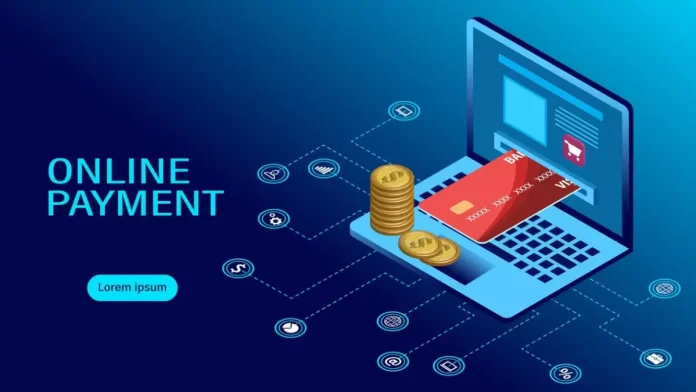According to the “B2B Payments Fraud Tracker” from nsKnox, businesses’ top worry was payment fraud.
This top-of-mind issue is legitimate, as shown by the fact that fraud against businesses increased by more than 134% in Q1 and affected 98% of business-to-business (B2B) organizations — a much higher level of exposure than the more frequently observed consumer rates.
According to the survey, 54% of B2B organizations purposefully declined and did not enroll a new client at least once last year due to fears of potential assaults. This finding illustrates that the effects of B2B fraud go beyond simple theft.
Contrary to common assumption, despite having greater resources and access to technology, large companies actually fared worse than their smaller rivals when it came to being victims of payment fraud.
Then there is the issue of payment risk, which is a recurring threat and the primary B2B concern.
Nithai Barzam, the chief operating officer of B2B anti-fraud FinTech company nsKnox, asserts that as new payment categories appear, new risk typologies also do so.
Everyone speaks about quicker, instantaneous payments, according to Barzam. It’s excellent to be able to send and receive money rapidly, but it also creates the potential for “speedier fraud” and reduces the amount of time available to verify compliance with anti-money laundering and anti-terror funding legislation.









